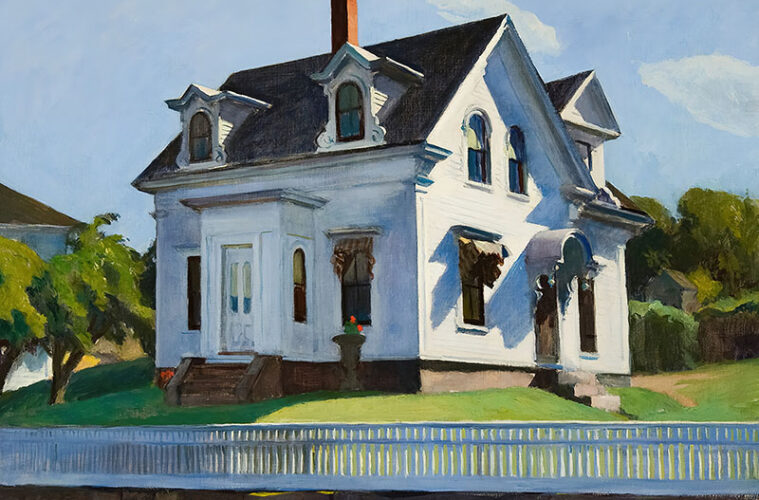In late July, the Cape Ann Museum in Gloucester opened the single most comprehensive collection of work by renowned artist Edward Hopper outside of the Whitney Museum, including some 66 pieces of artwork. What makes this exhibition unique and significant, however, far exceeds the number of pieces on display.
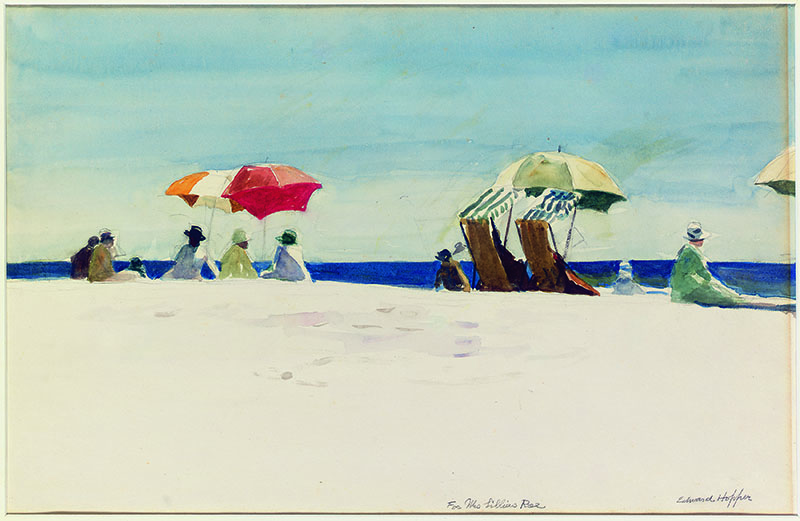
Hopper’s catalog of work across the scope of his career is firmly cemented in the watercolors he created during his time on Cape Ann, says museum director Oliver Barker. The works that have been chosen for this exhibit give a glimpse into Hopper’s history of visiting Cape Ann, and how those visits crystallized his voice as an influential American artist. “They’re instrumental in telling the story of this singularly unique place,” Barker says.
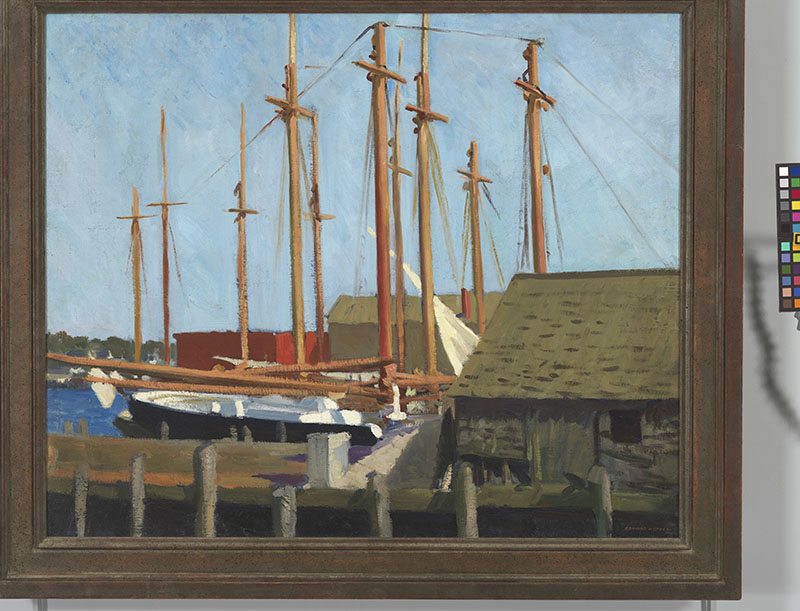
The exhibit “marks the centennial of the summer of 1923 when Edward Hopper created watercolors that earned his first critical acclaim and laid the foundation for future success as one of the greatest 20th century American landscape painters,” Barker adds. Exhibit curator Elliot Bostwick Davis, Ph.D., points to Hopper’s Gloucester watercolors as “transformational of his work and setting the stage for his monumental career.”
The exhibit, “Edward Hopper and Cape Ann: Illuminating an American Landscape,” will be on view at the Cape Ann Museum until October 16, 2023.
Community connections
For the Cape Ann Museum, building connections to the greater community is of paramount importance. The Hopper exhibit is a pivotal next step in the museum’s plans to do just that. The museum is preparing to welcome a record number of visitors to the exhibit, while also keeping a close eye on the local community, inviting them to participate in a brand-new type of museum-going that will invigorate the art viewing experience for a new generation of Cape Ann residents.
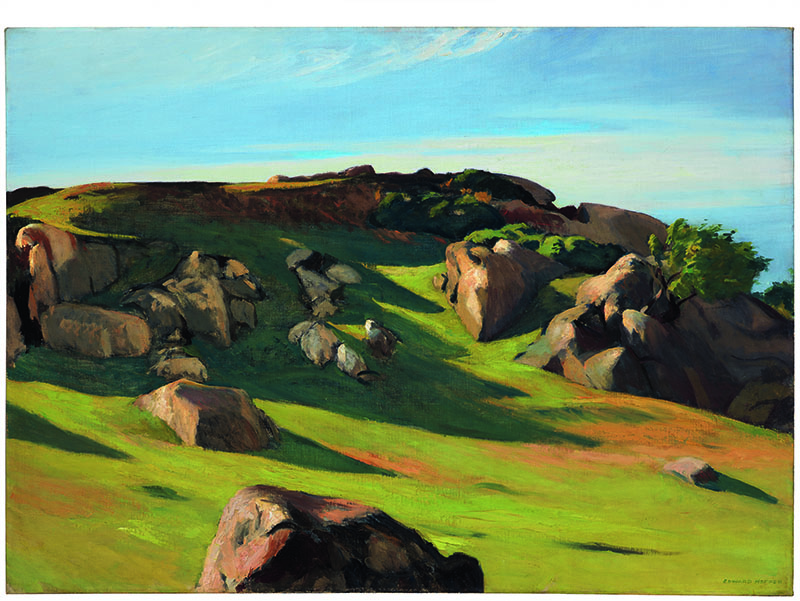
“In Hopper’s work, we have a local story to tell that holds national importance,” Barker says.
Barker says he recognizes “that the ‘art world’ can be perceived as elitist, daunting, or exclusive.” He wants to let Cape Ann residents know that the museum is dedicated to telling their stories, from their perspectives, and that the museum is focused on representing the modern-day collective cultural identity of the region, as it has shifted and changed over time.
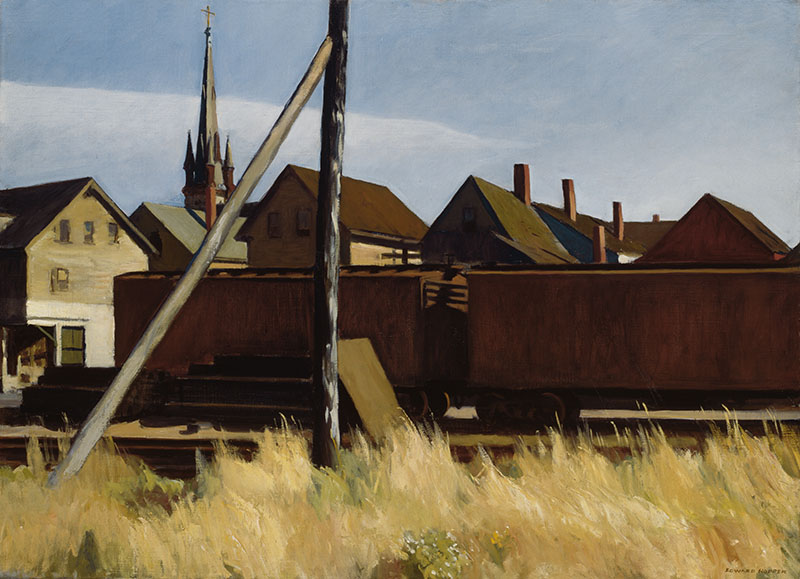
To that end, and as a kick-off for the Hopper exhibit, eighth-grade students from across Cape Ann engaged in a project entitled “A View From My Window,” riffing off Hopper’s penchant for turning his back to the ocean in favor of painting local architecture. The students collectively painted more than 300 panes of plexiglass that offer their personal takes on Cape Ann. This spring, those works of art were displayed alongside the museum’s permanent collection.
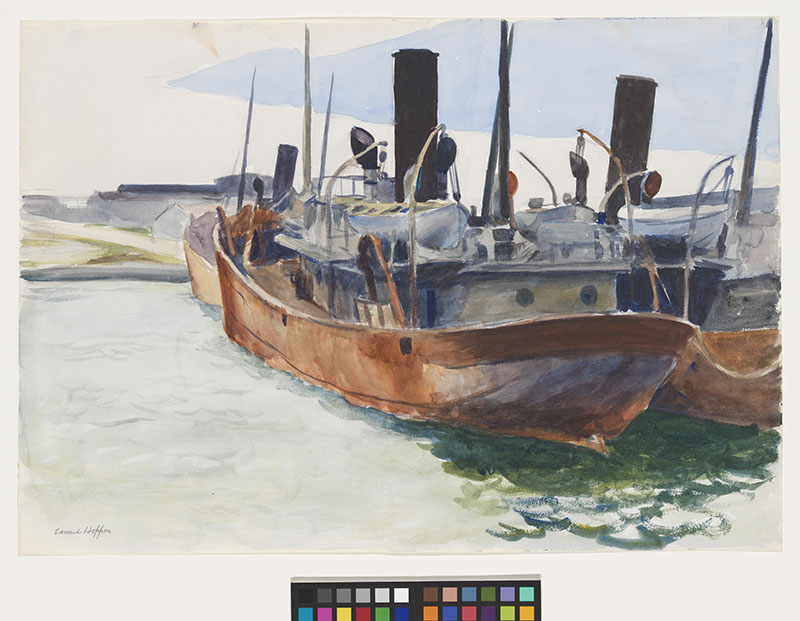
Experiencing the art
Exhibit curator Davis, who has held positions at the Metropolitan Museum of Art in New York and the Museum of Fine Arts in Boston, is experiencing a homecoming of sorts with this exhibit, having published her first catalog as a guest curator for the Cape Ann Museum in 2007. In addition to curating this exhibit, she has compiled a 224-page catalog exploring the ways Hopper’s time in Gloucester imbued his paintings with a clarity and purpose that were missing from his earlier works.
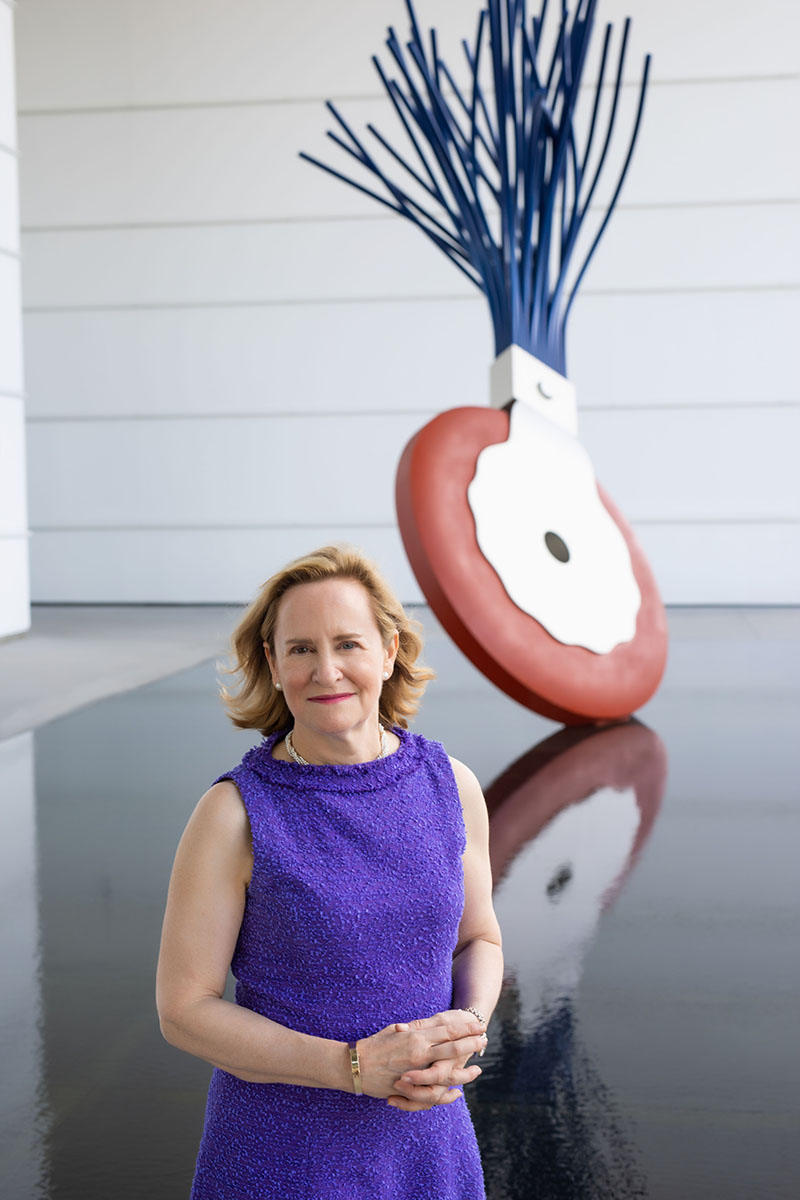
The Hopper exhibit is the launch of Davis’s F.E.E.L.S. model, a system she has devised to offer an opportunity for guests to experience art as a resource for well-being, and to help museums increase the visibility of their diversity, equity, inclusivity, and justice work. The acronym F.E.E.L.S. stands for the stages of encountering a piece of art: first experience of the piece, examination, exploring your response, learning about the context in which it was created and is being presented, and sharing your feelings. The approach uses a series of prompts to engage museum visitors in a way that makes them feel welcome and engaged.
The exhibition also highlights the collective story of Edward Hopper and his wife Jo Nivison Hopper from a perspective that has not been explored previously. “Nivison Hopper, a successful and well-known painter in her own right while Edward Hopper was still relatively unknown, acted almost as his producer, helping him find an authentic aesthetic for his voice and vision,” Davis says.
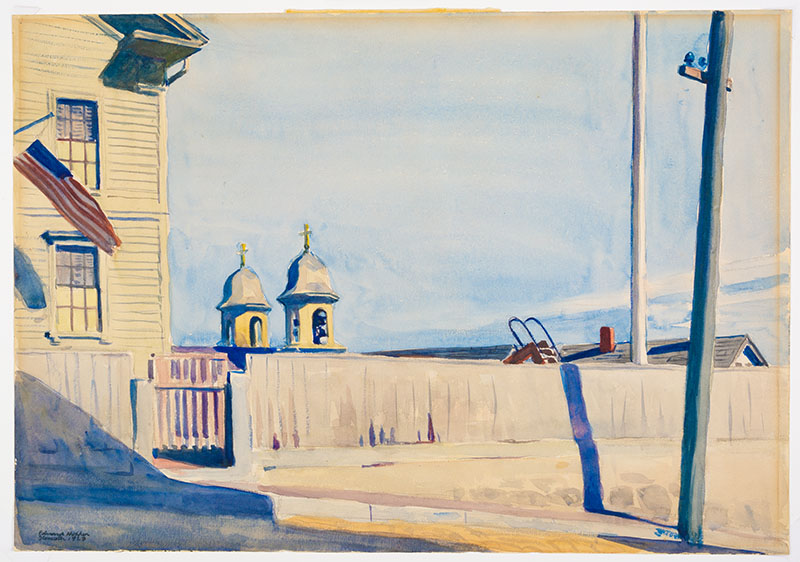
The story of this exhibit reaches back to a time when Edward Hopper was an introverted child, including drawings of sailboats that he sketched in pen and ink, a wooden model of a boat that his father suggested they build together, and a paintbox from his early days in the medium, among other memorabilia from his formative years. These items, as seen as part of the collection with his later, more known and commercially successful pieces, Davis says, “offer insight into the evolution of his life.”
The exhibit is not included in a general admission ticket. Adult admission for non-members is $23; discounted prices are available for members, Cape Ann residents, seniors, students, and library pass holders. Timed-entry exhibit tickets can be booked at capeannmuseum.org.
Looking for more? Visit the Rockport Art Association for an exhibition of paintings inspired by Hopper's work.
27 Pleasant St., Gloucester, 978-283-0455, capeannmuseum.org

